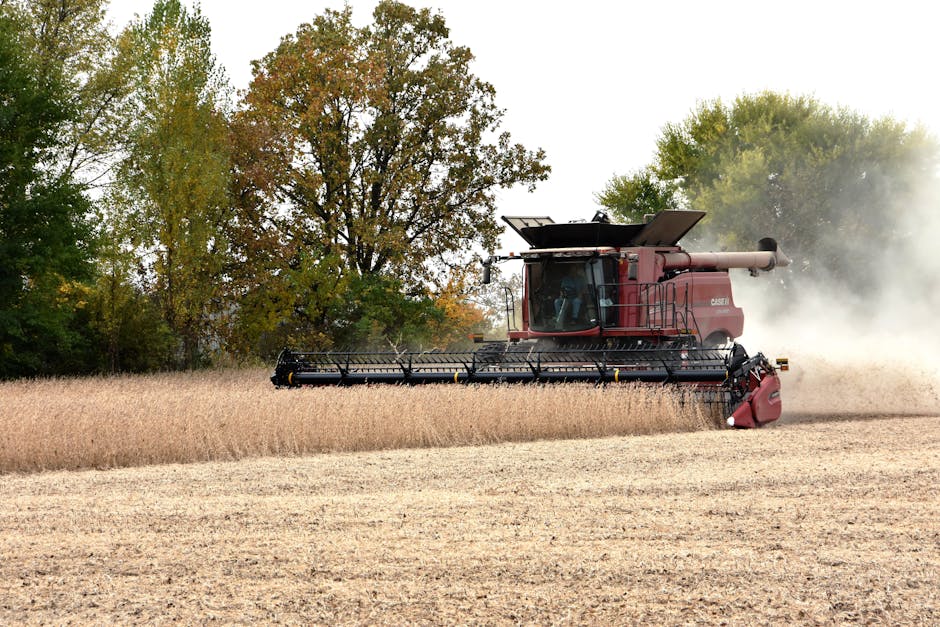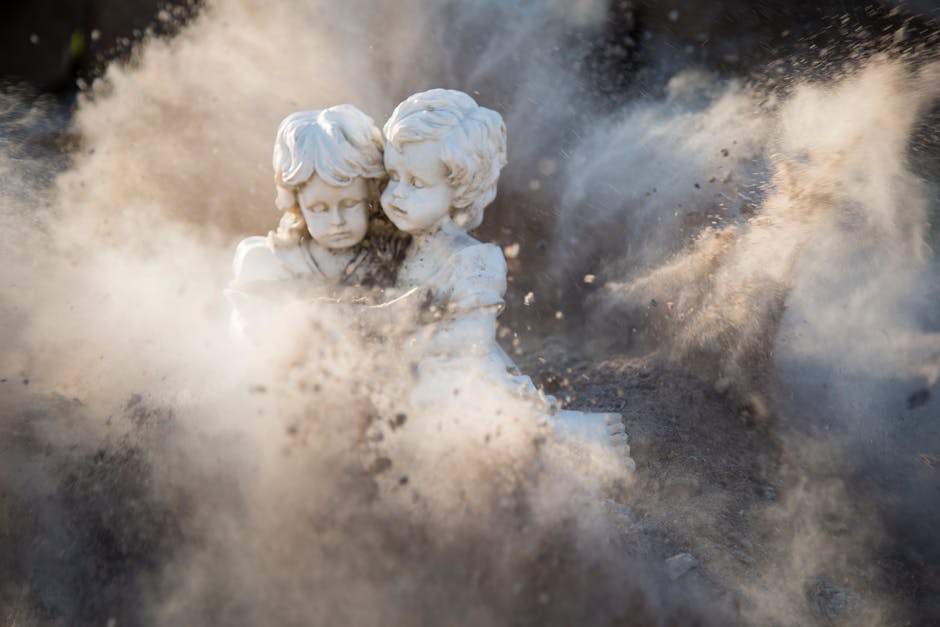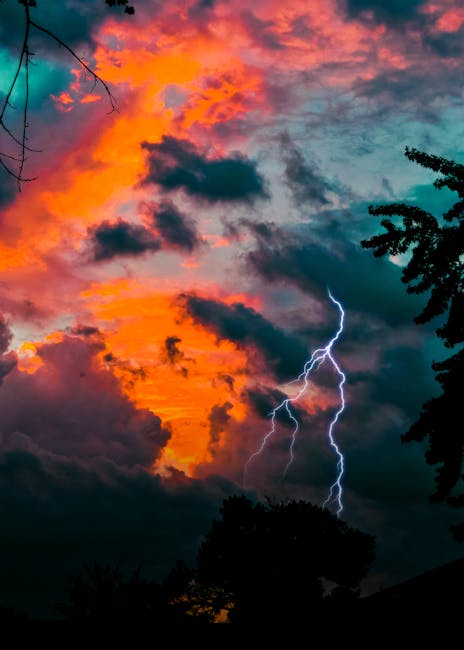Understanding Dust Storms in Illinois
While not as frequent or intense as in arid regions like the American Southwest, Illinois experiences dust storms, albeit less dramatically. These events, often short-lived, can still significantly impact visibility, air quality, and daily life. Understanding the causes, potential impacts, and necessary safety precautions is crucial for residents and visitors alike.
Causes of Dust Storms in Illinois
Illinois’ dust storms are typically less severe than those experienced in desert climates, stemming from different meteorological conditions. They are often associated with strong winds, particularly during spring and early summer months when the ground is drier after winter and before lush vegetation fully develops. Several factors contribute to the formation of these dust storms:

- Strong Winds: High-velocity winds, often associated with cold fronts or thunderstorms, are the primary driver of dust storms. These winds lift loose soil and particulate matter into the atmosphere.
- Dry Soil Conditions: Lack of sufficient moisture in the topsoil allows the wind to easily lift and transport dust particles. Extended periods of drought or dry weather significantly increase the likelihood of dust storms.
- Agricultural Practices: Farming practices, especially tilling and leaving fields bare, can expose loose soil, making it more susceptible to wind erosion and the formation of dust clouds. Reduced no-till farming practices in the Midwest have played a role in the increased instances of localized dust.
- Construction and Development: Large-scale construction projects and land development can also contribute to increased dust levels by disturbing the soil and exposing large areas of bare ground. This is particularly true in areas experiencing rapid urban growth.
- Seasonal Factors: Spring and early summer are typically the most active periods for dust storms in Illinois due to dry conditions following winter and before the onset of robust plant growth, providing ground cover.
Impacts of Dust Storms in Illinois
While often less intense than in arid regions, Illinois dust storms still present several significant impacts:

- Reduced Visibility: The most immediate impact is a dramatic reduction in visibility, making driving hazardous and potentially leading to accidents. Low visibility can also impact air and sea travel in severe cases.
- Respiratory Problems: Inhaling dust particles can aggravate respiratory conditions such as asthma and bronchitis. Individuals with pre-existing lung problems are particularly vulnerable to the negative effects of dust storms.
- Agricultural Damage: Dust storms can damage crops by coating plants with dust, reducing photosynthesis and hindering their growth. This can impact yield and overall crop quality.
- Economic Losses: Reduced visibility can disrupt transportation, causing delays and losses in various sectors, including agriculture, construction, and transportation. Damage to crops and infrastructure further adds to the economic burden.
- Environmental Impacts: Dust storms contribute to air pollution, impacting air quality and potentially exacerbating existing environmental problems. Dust can also contaminate water sources, impacting aquatic life and potentially human health if untreated.
Safety Precautions During Dust Storms
Taking appropriate safety measures during a dust storm is crucial for protecting your health and safety. Here are some essential precautions to follow:
- Stay Indoors: The best way to protect yourself is to stay indoors during a dust storm. Close all windows and doors to prevent dust from entering your home.
- Limit Outdoor Activities: Avoid any unnecessary outdoor activities during a dust storm. If you must go outside, wear a dust mask to protect your respiratory system.
- Drive Carefully: If you must drive during a dust storm, reduce your speed, turn on your headlights, and increase your following distance. Pull over if visibility becomes extremely poor.
- Check Air Quality Reports: Monitor air quality reports and heed any advisories or warnings issued by local authorities.
- Protect Your Property: Secure any loose items outdoors that could be blown around by strong winds. Cover sensitive plants or equipment if possible.
<liProtect Your Eyes: Wear protective eyewear, such as goggles or sunglasses, to shield your eyes from dust and debris.
Monitoring and Forecasting Dust Storms in Illinois
Several resources can help monitor and anticipate dust storms in Illinois:
- National Weather Service (NWS): The NWS provides weather forecasts and warnings, including alerts for dust storms and high winds.
- Local News Media: Stay updated on weather reports from your local news channels and websites.
- Air Quality Monitoring Websites: Websites that monitor air quality can provide real-time updates on dust levels in your area.
Long-Term Perspectives and Mitigation Strategies
Addressing the issue of dust storms in Illinois requires a multifaceted approach involving both individual actions and broader strategies:
- Sustainable Agricultural Practices: Implementing sustainable farming techniques, such as no-till farming and cover cropping, can reduce soil erosion and the risk of dust storms.
- Land Use Planning: Effective land use planning can help minimize the impact of construction and development on dust levels.
- Public Awareness Campaigns: Educating the public about the causes, impacts, and safety precautions related to dust storms is crucial for promoting proactive measures.
- Improved Infrastructure: Investing in infrastructure improvements, such as dust control measures on roads and construction sites, can help mitigate the spread of dust.
- Research and Monitoring: Continued research and monitoring of dust storm patterns and their impacts can help inform the development of more effective mitigation strategies.
By understanding the causes, impacts, and safety precautions related to dust storms, Illinois residents and visitors can better prepare for and respond to these events, minimizing potential risks and ensuring their safety and well-being.


